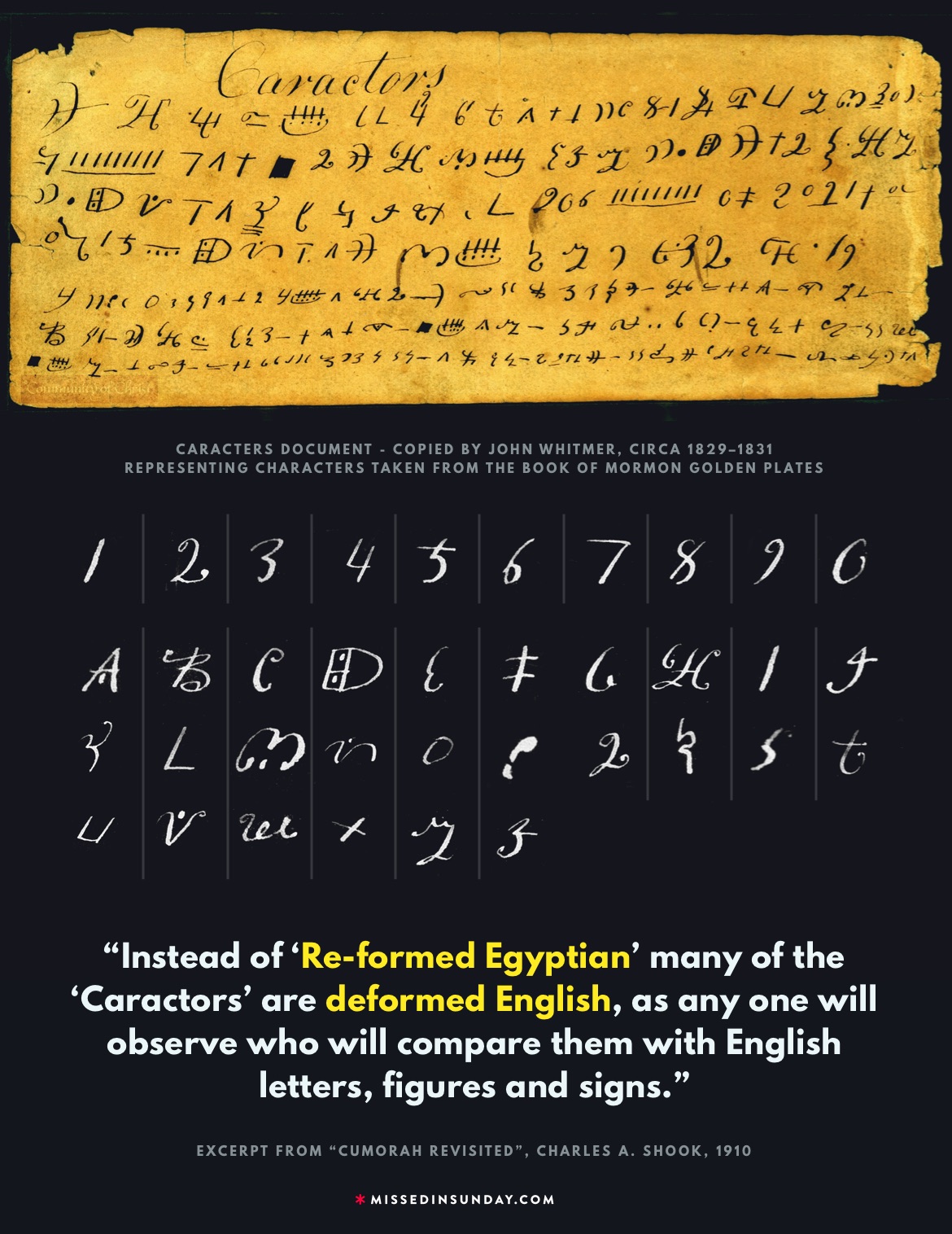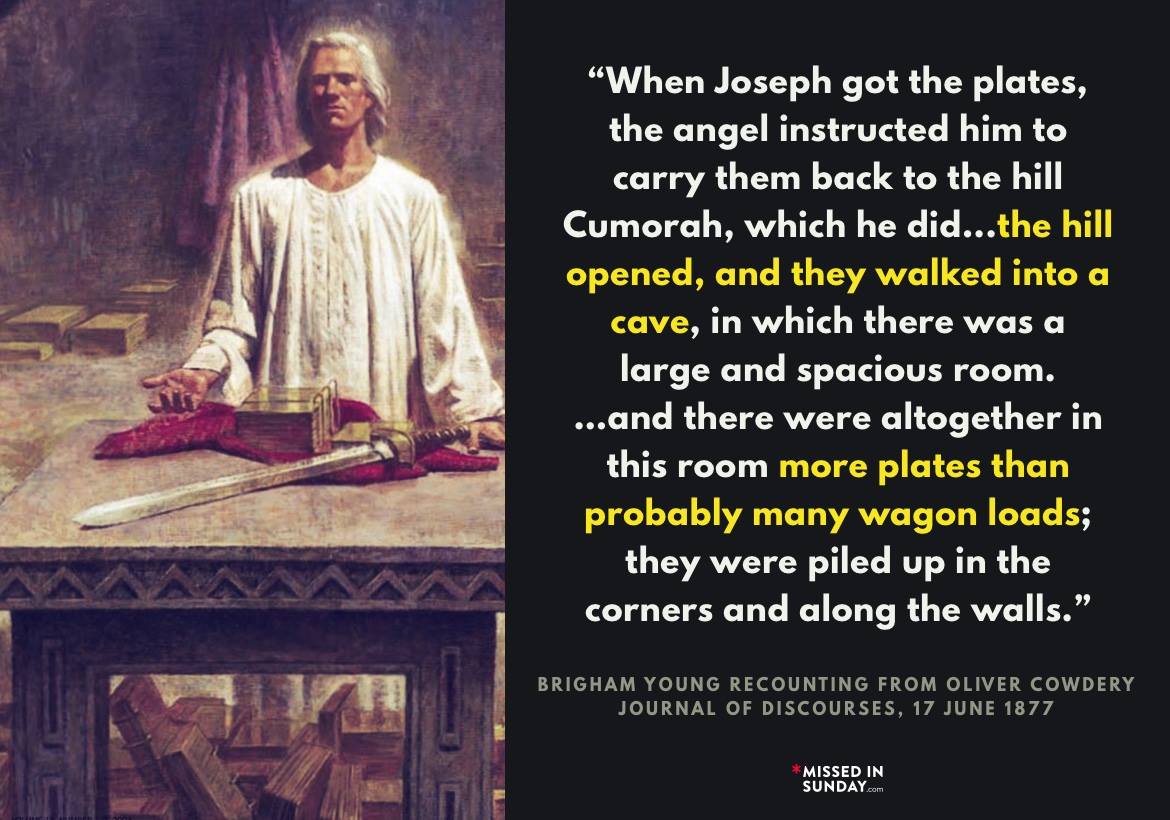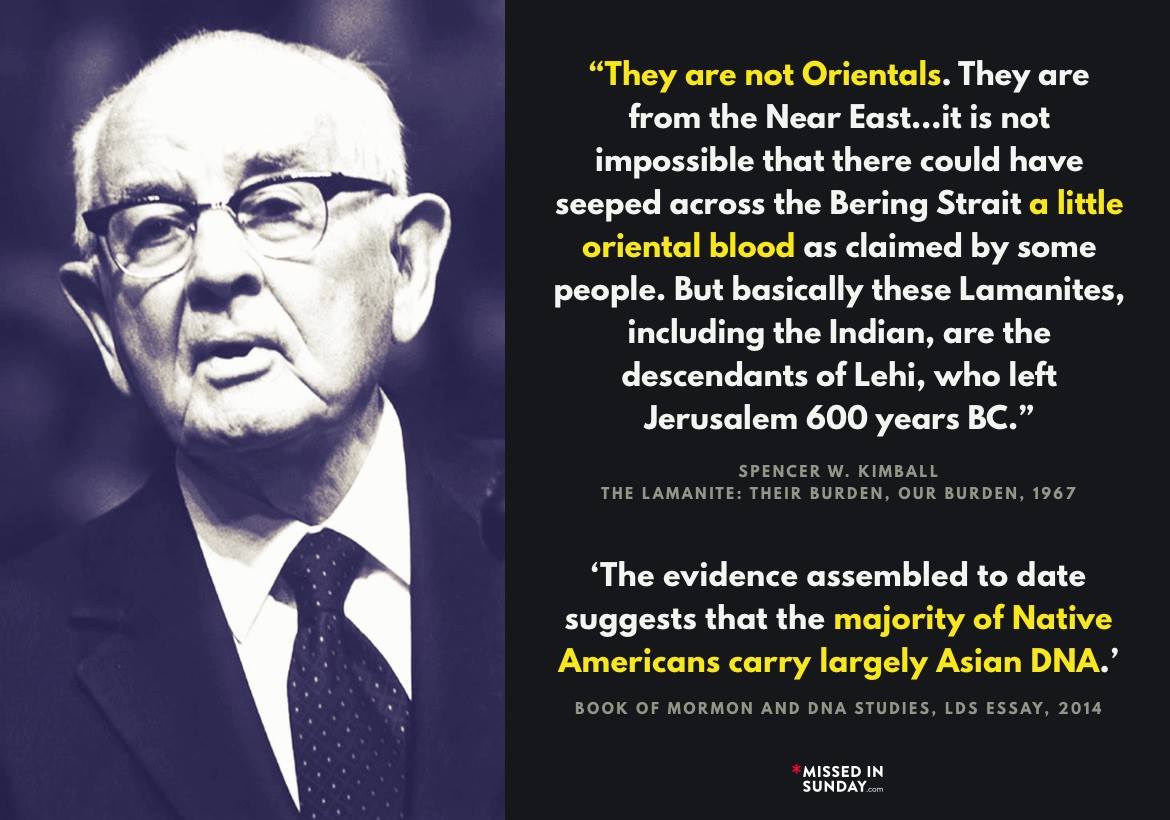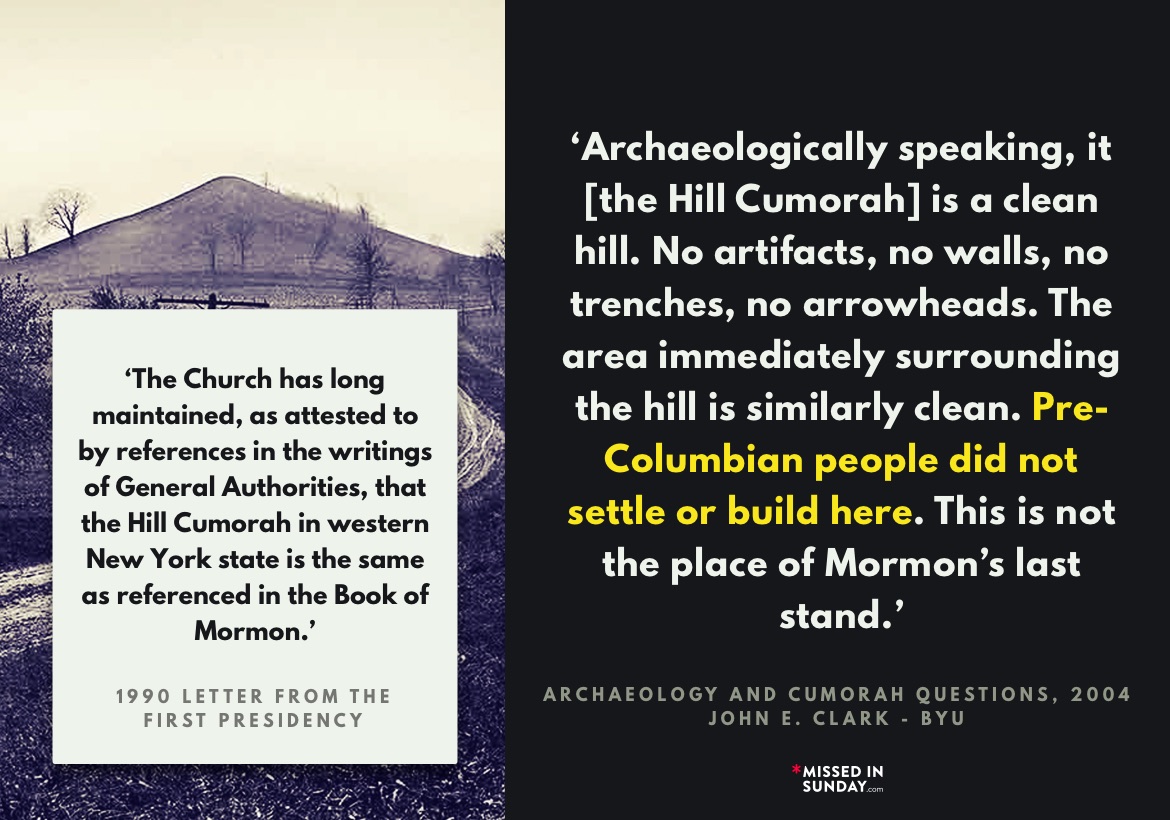Spencer W. Kimball
The Lamanite: Their Burden, Our Burden
Feb. 9, 1967
(0:00)
My beloved brothers and sisters. My fellow Indian students. It’s a joy to be with you and I appreciate this privilege of being with you, especially this week, during the Indian week.
The Indian is the Lamanite. They are South Americans, Central Americans, Mexican, Polynesian and other Lamanites running into millions who are not specifically called Indians though they are related Lamanites.
The Lamanites are a mixture of many. Undoubtably there is in their veins the blood of Nephi, Joseph and Jacob as well as that of Laman, Lemuel and Sam. Also of the Mulekites of Judah. They are not Orientals. They are from the Near East. The twelve apostles who were associated with the prophet Joseph proclaimed this to the world. Quoting “He, the Lord, has revealed the origin and the records of the aboriginal tribes of America and their future destiny, and we know it.”
We also bear testimony that the Indians, so-called, of North and South America are a remnant of the tribes of Israel. Through the centuries, movements, discovery, explorations, settlement and colonization of the people of this land—it is not impossible that there could have seeped across the Bering Strait a little oriental blood as claimed by some people. And possibly a little Norse blood may have crossed the North Atlantic. But basically these Lamanites, including the Indian, are the descendants of Lehi, who left Jerusalem 600 years BC. In the general sense, we are the Gentiles having come from Gentile nations. The name ‘Indians’, given to the early possessors of the Americas by Columbus, as they intermarried with the invading European conquerers and nations were formed, they became Mexicans, Peruvians, Bolivians, Guatemalans and others. But the correct name for all the descendants of Lehi and Ishmael is Lamanite.
This is an honorable name. It was the Lord who so designated it. Every descendant of Lehi should proudly say “I am a Lamanite, and I am proud of my heritage.” The Book of Mormon was written to the laminates who are a remnant of Israel, for the express purpose of convincing the Jew and the Gentile that Jesus is the Christ, the eternal God. And that the Lamanites might know their ancestors and the spectacular promises of the Lord to them.
(4:25)
Wilford Woodruff, president of the Lords church, identified many of the larger tribes as Lamanites. President Joseph Smith and John Taylor called them lamanites as have all the presidents and leaders of the church since. And so we look upon the name as proper and dignified and fully acceptable. The Lord consistently called his people the Lamanites.
(4:58)
He [Moroni] probably saw with rather clear vision the deterioration, becoming savages without a written language, ignorant, superstitious and without God in their lives.
(5:29)
Undoubtably, he [Moroni] saw the inspired Columbus bridge the mighty deep and bring two worlds together. The explorers, the discoverers, the conquerers, the colonists, peopled the land. He would have seen the growing gentile nation throw off the thralldom of it’s mother country in the great revolutionary war. There, developing a constitution, and freedom, and all of this was in preparation for the restoration of the gospel with the Book of Mormon.
(15:18)
Whereas the Lamanites had been as numerous as the sands of the sea, through disease and warfare these numbers had dwindled by the time Columbus came. Likely there were fewer in the whole land left, than were killed in the one battle of Cumorah.





